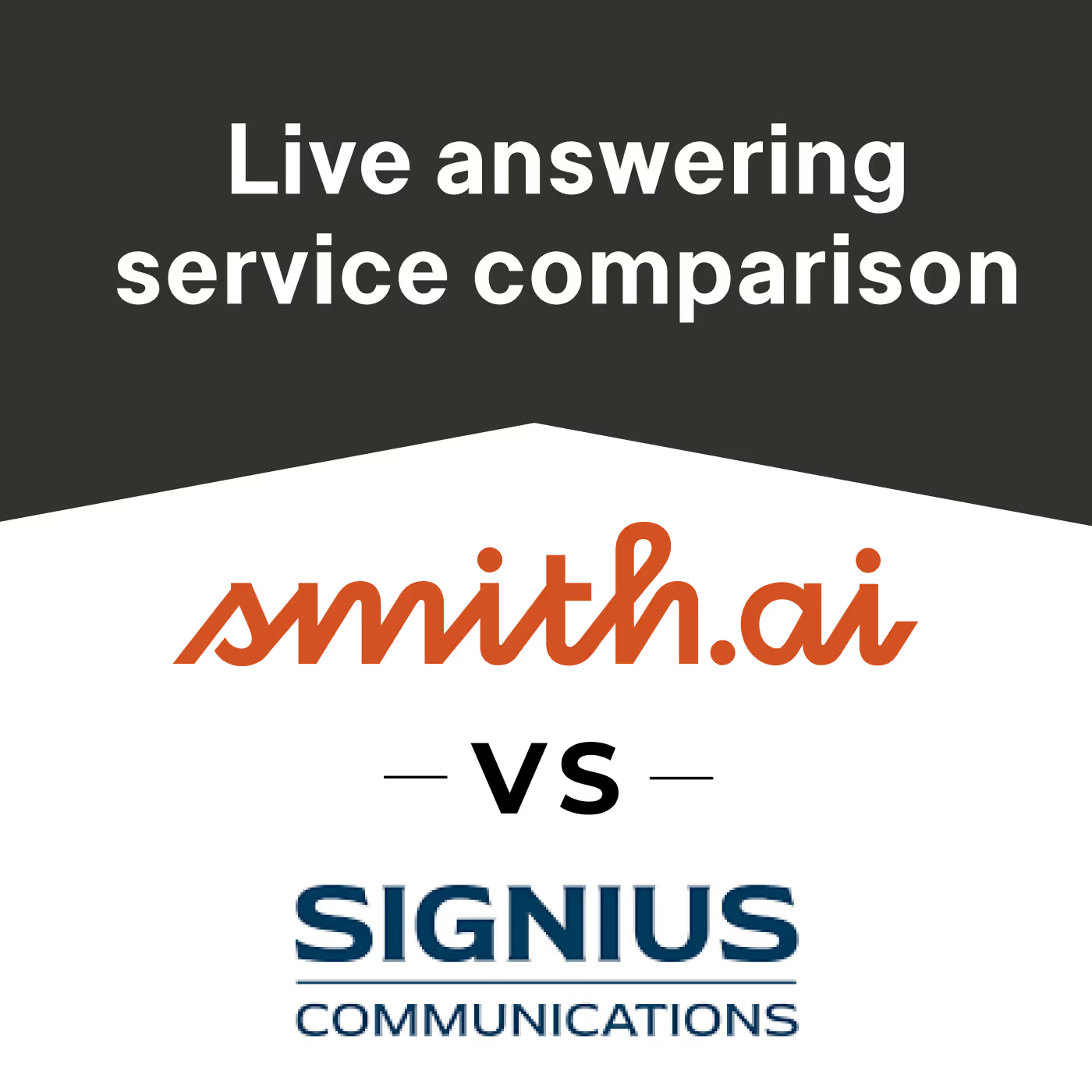How to Use SPIN Selling to Improve Sales Team Performance
How to Use SPIN Selling to Improve Sales Team Performance

Sales methodologies and strategies are as varied as the teams that use them. It seems like new ones are coming out all the time and everyone is claiming to have the best sales method out there—how are you possibly supposed to choose? To begin with, it can help to get to know the most popular sales methodologies and what they might offer your business. SPIN Selling is just one of the many options, but it’s popular for several reasons.
SPIN Selling is based entirely on a questioning methodology, utilizing probing questions to get the right answers from clients and leads. The questions all have a purpose and even the order in which they are asked is strategic. This method is popular for those who are focused on customer-centric selling and customizing a sales pitch based on each client’s needs.
What is SPIN Selling?
SPIN is an acronym for the four stages of questioning in this sales methodology:
- Situation
- Problem
- Implication
- Need Payoff
Situation questions are designed to help gather information, such as “Which tools are you currently using?”
Problem questions probe about the problems and pain points a client is having, such as “When does your current process fail?”
Implication questions get people thinking about the effect of their problems on the business, helping sales reps better understand the value of resolving these pain points, such as “What is the cost of that process failure?”
Need Payoff questions, the last sequence, essentially conclude to encourage conversations as much as conversions, such as “Wouldn’t it be easier to…?”
A simple Internet search can help you find dozens of examples of each of these categories of questions so that you can get a better idea of how to utilize them in your sales process. The ultimate goal, of course, is getting all the answers to understand what clients need so that you can deliver the solutions with your product or service most effectively.
The 4 Steps of SPIN Sales
In addition to the categories of questioning, there are also different steps to the sale process, or essentially the conversation lifecycle between the sales rep and the prospect. The creator of this system, Neil Rackham, explained four stages of each SPIN sale:
- Opening (Preliminaries)
- Investigating
- Demonstrating capability
- Obtaining commitment
Opening
SPIN selling takes an approach from inbound sales—your salespeople shouldn’t immediately start into the product conversation. It’s too aggressive and it doesn’t allow your sales reps to listen to the customer and gain their trust. This is a good place to use thought-provoking and conversation-starting questions.
Investigating
The investigation stage is the most important one with this sales methodology. It allows your sales team to find out how the products or services that you sell can help buyers, identify priorities and criteria for buying, and even gain credibility. Rackham reports that a strong strategy for questioning can increase close rates by as much as 20%.
Demonstrating capability
Now that you’ve taken the time to connect and form a relationship, you have to prove that you can deliver what people need. In this methodology, there are three ways that product or service capabilities are described:
- Features: When selling low-cost, simple products, features are the most useful element. End-users like features more than decision-makers, who are more focused on results.
- Advantages: This is a great way to highlight the features of the product or service in its actual use. Again, they’re useful for smaller items, but may not be as persuasive with larger purchases.
- Benefits: Now you’re telling people exactly how your product or service will deliver benefits to them.
Obtaining commitment
There are sure to be objections along the way, but it’s now time to take those objections, reassure people that your solution overcomes all of them, and get that commitment for a sale, or at least a lead conversion that moves further along in the sales funnel. Some people also call this the “Objections” stage because it is where you can answer all questions and concerns that people have to close the deal. Of course, if you can prevent objections in the first place, that would be even better.
Typically, two types of objections exist: value and capability.
That means people assume that the product or service is too expensive for what it does, or that they doubt it will be able to deliver on their needs. In either case, your job is to convince them otherwise. The secret to this? According to Rackham, using the implication and need payoff questions can cut objections in half among leads. The traditional question sequence limits the full understanding, which is where SPIN Selling steps in and picks up the slack.
Tips for success with SPIN Selling
Before we close, let’s go over a few tips that can make it even easier for you to succeed with the SPIN Selling method. These are just quickfire insights that can help you level up your sales team’s success.
- Incorporate social selling
- Ask few situation/problem questions (focus on thought-provoking questions instead)
- Guide the buying process for them
- Learn how to uncover pain points through active listening
- Personalize sales conversations and lead interactions
- Stop focusing on product-driven pitches
- Above all else, commit to customer-centric selling
And, of course, if you really want to make sure that you succeed with SPIN Selling, you can pick up Rackham’s book and read it for yourself.
With improved performance comes an increase in leads
Once you start perfecting the sales process, you’ll see an influx of leads and you’ll want to make sure that you’re ready. One step you can take is to enlist the virtual receptionists at Smith.ai to act as your 24/7 answering service so that you never miss another opportunity. Plus, we can also assist with your outreach campaigns, as well as lead intake and appointment scheduling, giving you time to focus on your clients and your business.
To learn more, schedule a consultation or reach out to hello@smith.ai.
Take the faster path to growth. Get Smith.ai today.
Key Areas to Explore
Technical Implementation Terms
Voice user interface (VUl) design
Speech recognition integration
Text-to-speech optimization
API connectivity and webhooks
Real-time data synchronization

Your submission has been received!














.svg)



